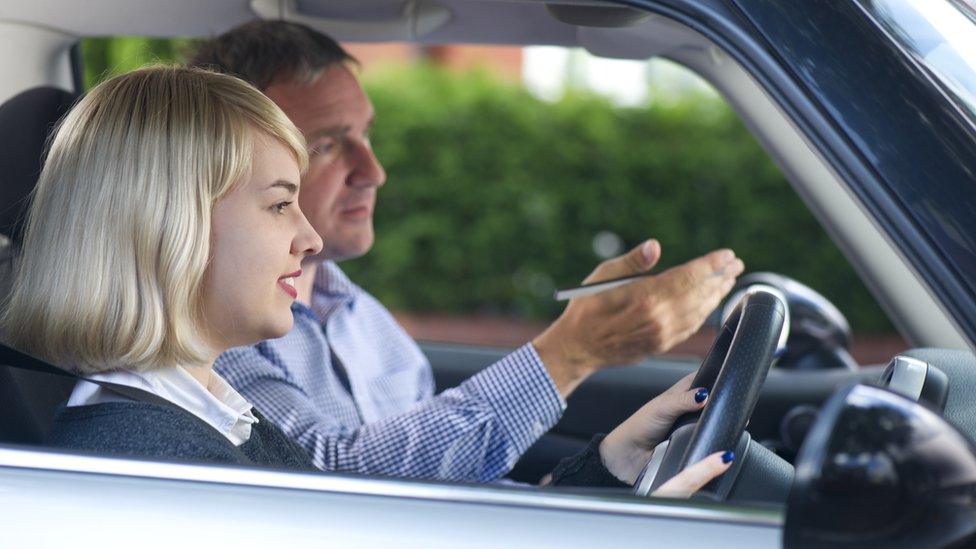Driving test: Here are the hardest and easiest places to pass in Britain
- Published
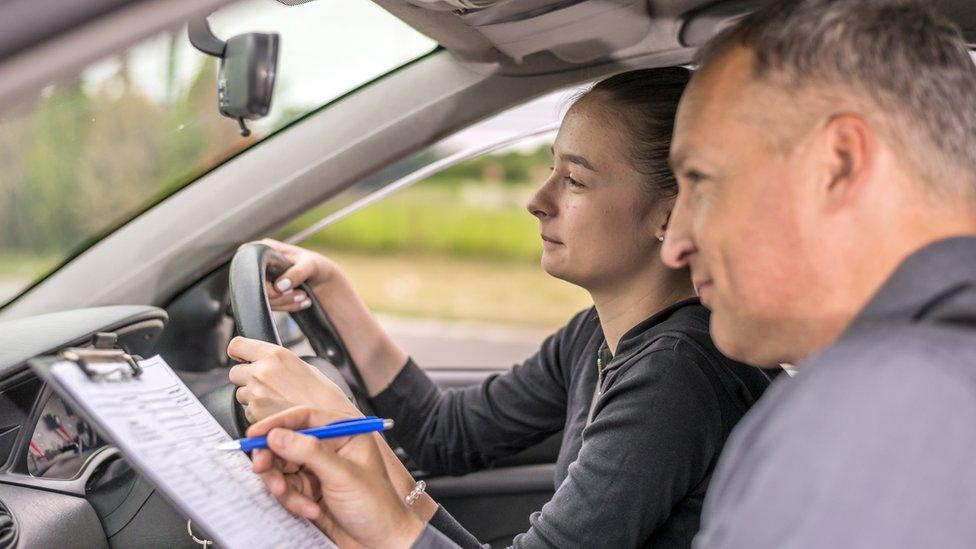
Not everyone is good at driving tests.
About 45% of drivers pass first time, while some others need more than 30 attempts. But does it matter where in Britain you take your test?
It would seem so.
Every three months, data is published, external on the pass rates at all driving test centres in England, Scotland and Wales. The rate varies hugely - from below 30% to more than 80%.
That means in some places the average driver has a four in five chance of passing. In others, it's less than one in three.
According to the latest stats - for April to December 2018 - Britain's highest pass rate is at the driving test centre in Inveraray, in Argyll and Bute, where 84.9% of learners dropped their L-plates.

The lowest, meanwhile, is the Pavilion test centre in north Birmingham, at 29.6%.

At first glance, it appears pass rates are generally higher in rural areas and lower in busy cities. This might sound obvious: less traffic and fewer hazards. But driving instructors say it may be more complex than this.
In Pitlochry, Perthshire, the pass rate there is 78.5%. It is one of the highest in the country, although the test centre is small with an average of 11 learners sitting the exam each month.
Is the high pass rate because of the rural setting?
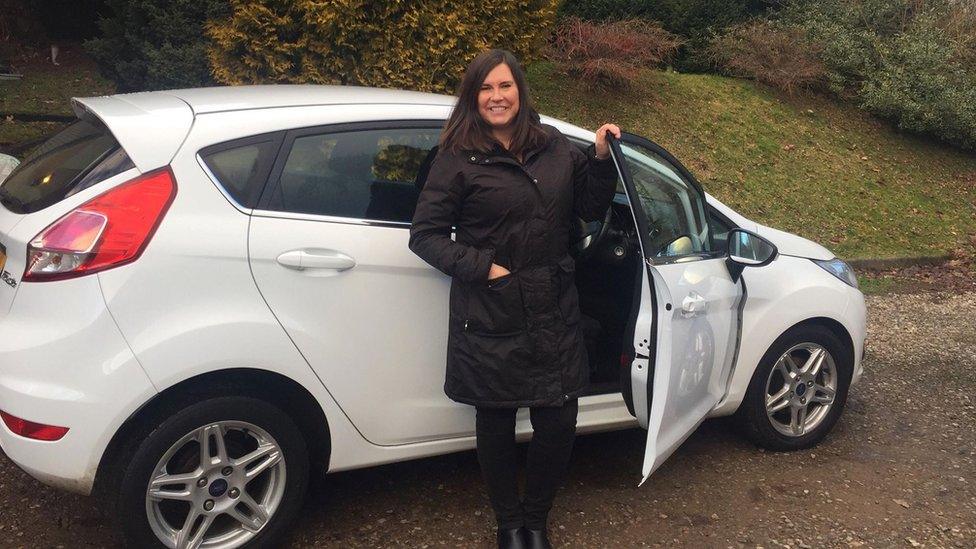
Karen Aycan became a driving instructor in 2016 after quitting her job running a restaurant
"Definitely through the winter it's an easier place to pass," said Pitlochry instructor Karen Aycan. "It's very quiet. But in the summer, it's worse than driving in the centre of London - which I've done.
"Because we are a tourist town, the place is heaving. And driving through the main street is like running the gauntlet. People are not really engaging their brains, they are on holiday. People go out in the middle of the road taking pictures. There are lots of tourists who are driving. They don't know where they are going. It can be incredibly hazardous."
She says in more rural test centres, the hazards are "different" - for example bad parking, narrower roads, tractors and cyclists.
"Interestingly, a couple of people who I have taught say driving in Pitlochry is 10 times harder than in Glasgow," she said. "In Glasgow they are following the person in front, whereas in Pitlochry there are not as many traffic lights, so at the junction the pupil has to make the decision themselves."
Almost 400 miles away, Belvedere test centre in south-east London is near the other end of the scale. It has a pass rate of just 33.8%.
August last year was particularly bad, when only 28.5% of the 403 candidates managed to ditch the L-plates.
Instructor Monika D'Agate, from Belvedere, believes "people simply go to the test too soon".

Monika D'Agate, who was born in Poland, now teaches people to drive in south-east London
"We have a very large mix of many nationalities and some people's beliefs of standards are not the same," she said. "You have to make sure you're at a good enough standard of driving to pass the test."
Meanwhile, one instructor from Birmingham - where pass rates are below average at all test centres and as low as 29% at one - said he did not think "the standard of instruction in Birmingham is very good".
He blamed the Driver and Vehicle Standards Agency's checks - instructors are required to deliver a lesson under observation every four years - for being not rigorous enough.
And the instructor - who did not want to be named - said he believed "50% of the instructors in the area should not be teaching".
Many do not care about getting students through the test, he said, but "are doing it purely for the money".
DVSA-approved driving instructor registrar Jacqui Turland said it monitors "the performance and standard of instruction".
"Where instructors are bringing candidates to test at an unsatisfactory level, our enforcement managers will investigate and help educate them, in order to achieve best practice."
According to the AA Driving School, although the highest pass rates tend to be in rural areas and the lowest in urban areas, the difference should not be solely attributed to the type of traffic.
There are "probably other social factors that may be playing a part in the pass-rate disparity", it said.
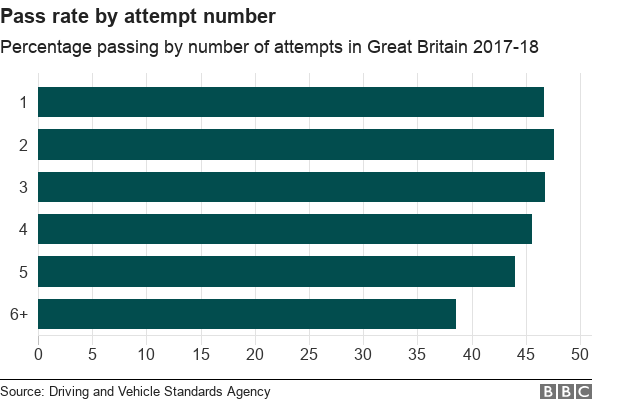
On your first attempt at the driving test, you're more likely to fail. On the second attempt, your likelihood of passing goes up. But after that, the pass rate drops with every attempt you take.
So are learner drivers flocking to rural Scottish areas, in an effort to boost their chances?
The DVSA doesn't believe so.
"All candidates are assessed to the same level and the result of their test is entirely dependent on their performance on the day," said chief driving examiner Mark Winn said. "It's essential that all drivers demonstrate they have the right skills, knowledge and attitude to drive safely.
"The driver testing and training regime tests candidates' ability to drive safely and responsibly as well as making sure they know the theory behind safe driving."

- Published3 December 2018

- Published18 January 2019
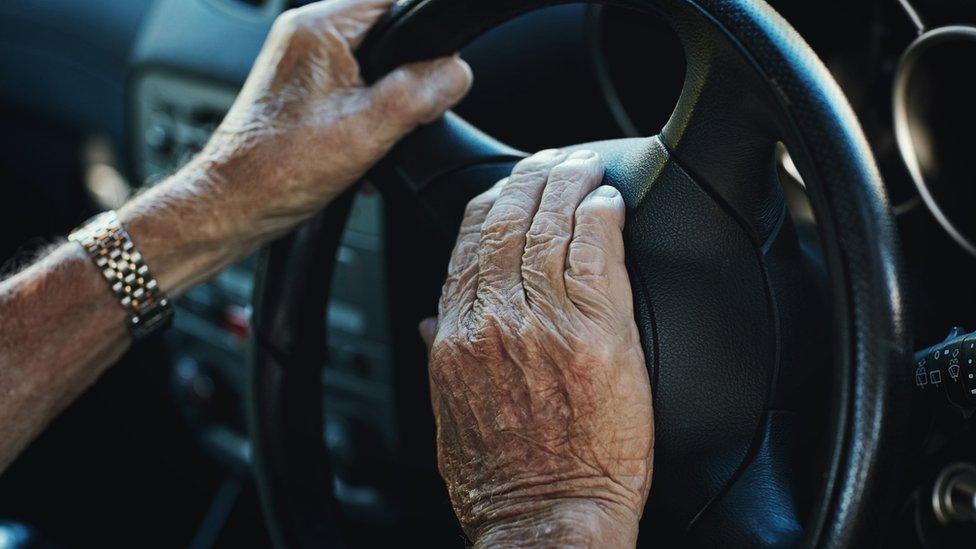
- Published12 February 2018
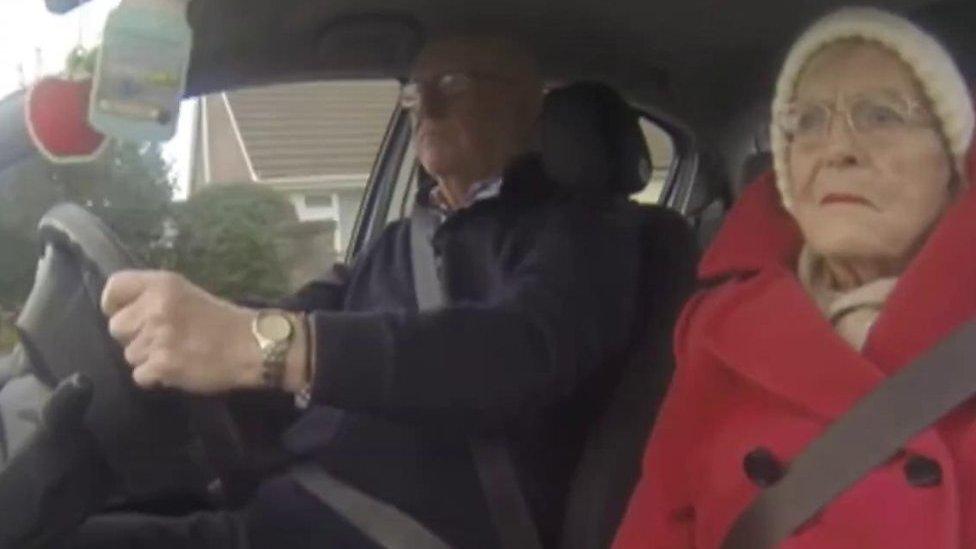
- Published23 July 2018
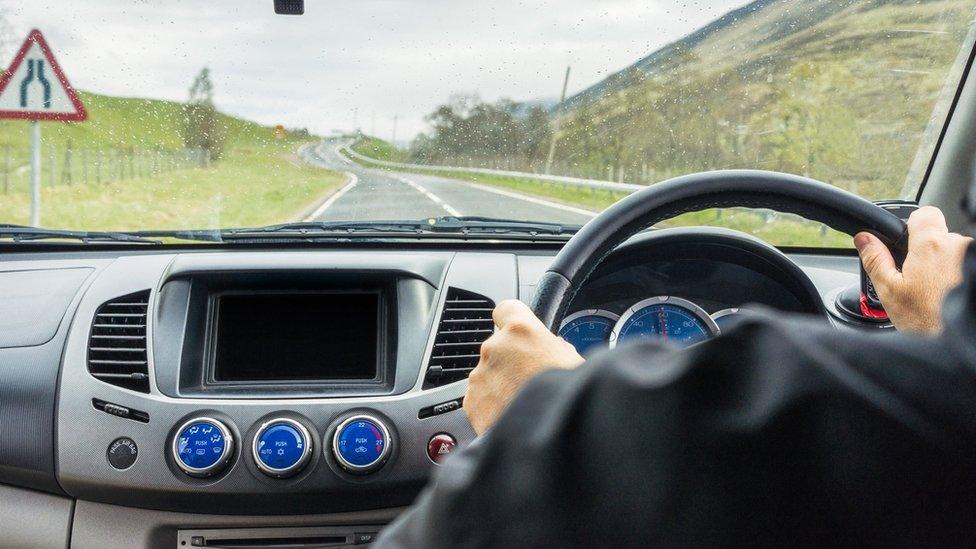
- Published19 November 2018
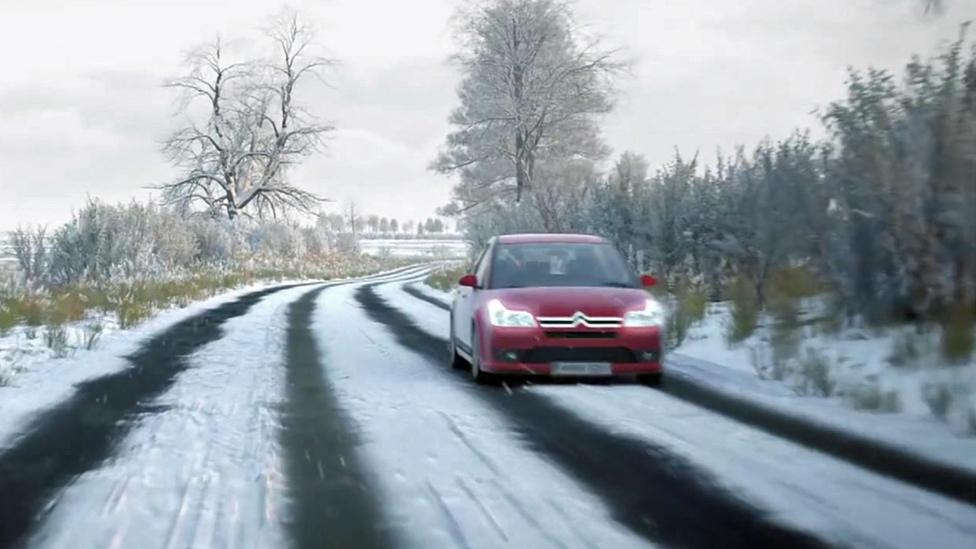
- Published4 June 2018
